Pigeonholing People
In the years that I have been delivering training courses, I have used many different models to help people understand more about the subject.
Many of these models are designed to describe the way different people act and behave and the different ways in which we deal with them. In most cases, we are putting people into boxes or pigeonholing them.
The Use of Business Models
Some examples of these models are the Situational Leadership Model and the Personal Diagnostics model – both very popular and widely used 4 box models.
Over time I have received many challenges from people who say it is wrong to use them because it is wrong to put people into boxes, or it is impossible to use these as they are too broad and everyone is different.
No matter which way you sell it to people, they just don’t agree. So here begs the question, should we be putting people into boxes?
Should We Put People Into Boxes?
Maybe you agree with the people who I have described above, but do trainers/facilitators see things in a different way? Of course, we do. These models are the tools of our trade.
Ask me the question, my response is always YES, we should put people into boxes.
I don’t mean permanently. It should be understood that these models should only be used when they are required. They should be seen as tools or guides.
There are currently 7 billion people on the planet and each one of those people has a different personality, different background, different values and therefore making us all unique. It isn’t rocket science to understand that it is impossible to cover all eventualities or behaviours in a training course and this is where these models come in extremely useful.
Having a guide as to where people may be, what situation they may be in helps us to understand how to adapt to them. We are not going to get it exactly right, but at least we are not using a one size fits all approach in every situation. It allows us to adapt and change to try and understand the person, where they are coming from. They allow us to empathise.
It must be understood that this is the reason these models that put people into boxes should be used for. They should not be used to absolutely characterise a person and try to understand exactly where they are.
If you are an effective leader you should know your people enough already to know when something is wrong. We should know how to adapt our style to meet the needs of our people and how to get the best out of them. But, sometimes we may just need a prod in the right direction.
What do you think? Should we put people into boxes?
Find Out More About the Models
You can find out more about the Situational Leadership Model on our Leadership Skills Training Course and the Personal Diagnostics Model on our Personal Impact Training Course.




